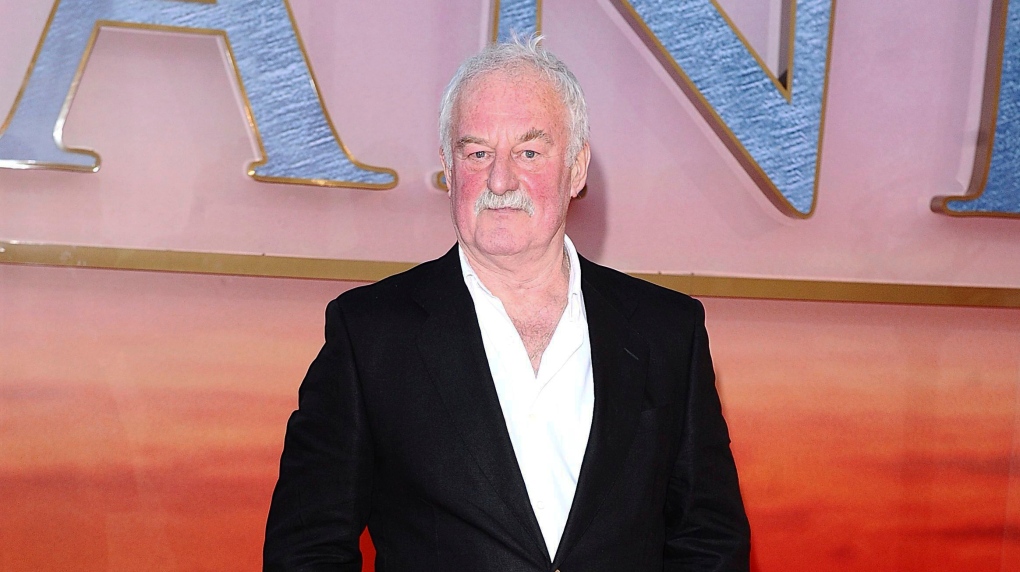Catherine Falls Commercial | Moment | Getty Images
The page has almost turned on 2023 — and that means time is running out to make certain tax moves by year’s end, or else risk missing out on their benefits.
Here are some tax strategies to consider before ringing in the new year, according to advisors from CNBC’s FA 100, an annual ranking of the nation’s top financial advisory firms.
1. Take your RMDs
Investors who own certain retirement accounts — like pretax individual retirement accounts and 401(k)s — must take “required minimum distributions,” or RMDs, after reaching a certain age.
Basically, they need to withdraw a minimum amount of money from those accounts or risk a tax penalty.
That penalty is 25% of the RMD amount that wasn’t withdrawn, though it can be reduced in some cases.
“Put RMDs on your calendar every year,” said Michelle Perry Higgins, principal and financial advisor at California Financial Advisors, which ranked No. 30 on CNBC’s FA 100 list. “You just can’t forget to take it.”
Savers must generally start taking RMDs by a specific age. A recent law, Secure 2.0, raised the age to 73 from 72, starting in 2023. (Those who turned 72 in 2023 must take their first RMD in 2024.)
Secure 2.0 also eliminated RMDs from Roth 401(k) and 403(b) accounts. However, that provision doesn’t kick in until 2024.
2. ‘Harvest’ investment losses
Nobody likes losing money on investments.
But such losses can help reduce investors’ tax bill, said J. Luther King Jr., founder and president of Luther King Capital Management, No. 1 on CNBC’s FA 100.
“Tax-loss harvesting” entails selling investments that are in the red and using those losses to offset profits on winning investments sold during the year. Why? Because investors owe capital gains tax on their profits.
Losses offset profits dollar for dollar. By taking enough losses, investors can potentially eliminate their capital gains tax bill outright. They can carry over any unused losses into future tax years.
Stocks are the typical candidates for such investment losses, advisors said. However, “this is probably the first time in my 40 years of doing this that you can [also] have significant losses in bonds,” said David Rea, president of Salem Investment Counselors, No. 27 on CNBC’s FA 100.
Of course, you should only sell investments if it makes sense to do so. And anti-abuse measures — known as “wash sale” rules — prevent investors from claiming a loss if they buy back the same or a similar security within 30 days.
But if there’s a big cumulative loss in an investment and no strategic reason to keep it for the next 30 days, consider a sale, Rea said.
3. Give to charity to reduce tax bills, RMDs
“As we end the year and reflect on what’s important to us, it’s a great time to orient our wealth with purpose and meaning,” said Fatima Iqbal, a certified financial planner and senior investment strategist at Azzad Asset Management, No. 73 on CNBC’s FA 100.
Doing so might involve charitable giving — and there are tax-efficient ways to do so, advisors said.
For example, people can make a big upfront donation to a donor-advised fund. These allow donors who itemize their taxes to claim a big tax write-off in the year of the donation, but then choose how that money will be doled out to charity in future years.
This let some taxpayers “amplify their giving by accelerating [tax] deductions to high-income years when deductions are more valuable,” Iqbal said.
Older Americans can also use a “qualified charitable distribution” to give. This involves donating directly from an IRA — and that payment counts toward an annual RMD.
“For people who really give to charity, this is a sweet way to [do it],” Higgins said.







